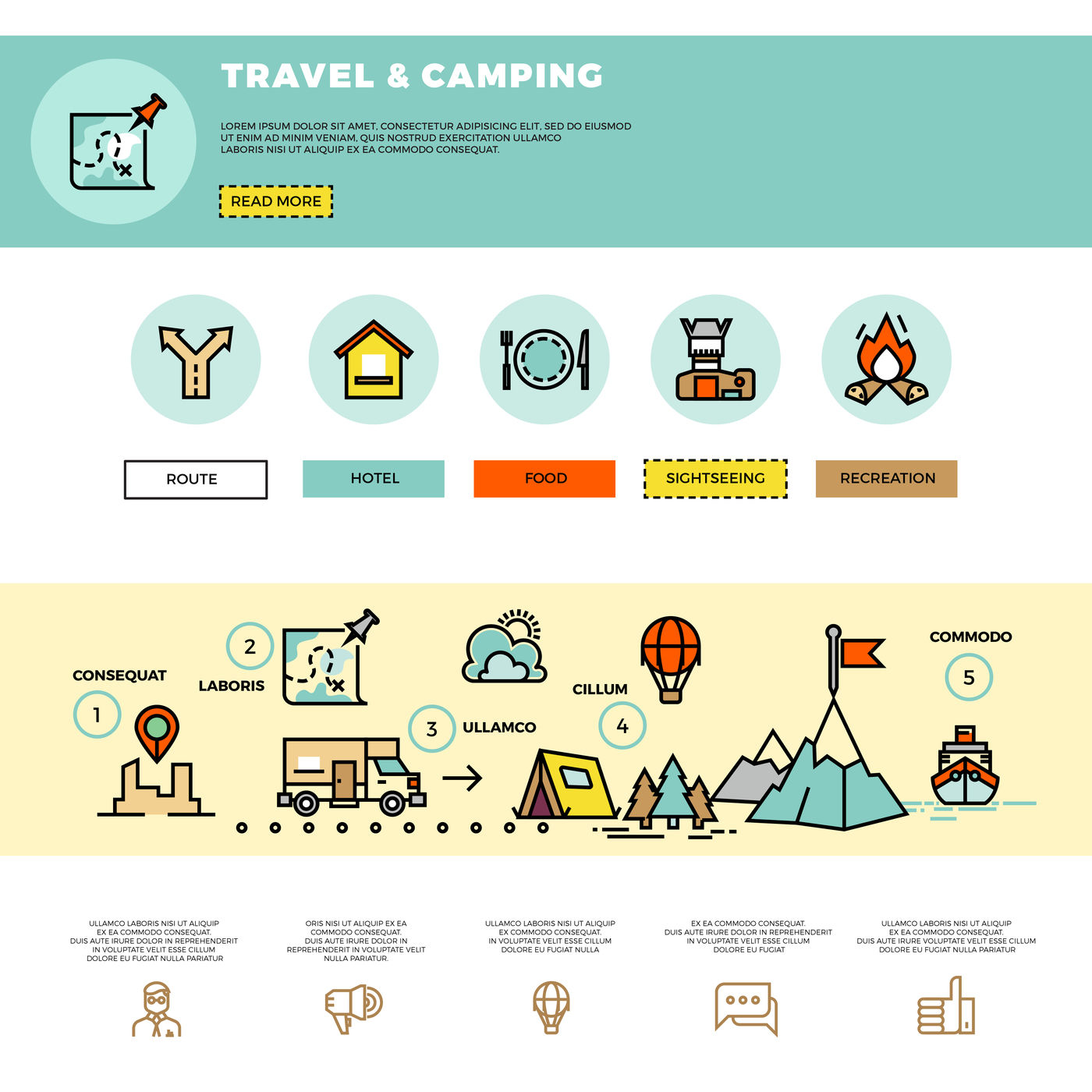While both deal staminas in different atmospheres, it is very important to figure out which kind of insulation will best offer your needs. The insulation you pick influences heat, weight, water resistance, compressibility and cost.
Down is gathered from waterfowl, commonly ducks or geese. It is prized for its lightness, very easy compression and protecting properties. Nevertheless, down comes to be less efficient when damp.
Warmth-to-Weight
A high warmth-to-weight proportion is wanted in exterior garments and gear. The protecting properties of down feathers make them a great choice for this purpose, as they are extremely warm and light-weight.
Nevertheless, down sheds its protecting capacities when it gets wet, indicating it needs to be coupled with a waterproof covering. Furthermore, some individuals dislike down, making synthetic coats a far better choice for them.
Synthetic insulations are typically made from recycled polyester and made to resemble down's protecting buildings. They are not as light-weight as down, but they do not shed their insulating capabilities when they splash and completely dry faster than down. They are also a lot more budget friendly than down. However, their life-span is shorter than down, leading to greater maintenance and substitute expenses.
Water Resistance
The insulation you select for your job jacket will certainly make a large difference in exactly how comfy you really feel outdoors. However, the kind of insulation you pick also has considerable effects for your sustainability goals.
Down is a superb insulator for a number of reasons. It's light-weight, compressible, and provides an excellent warmth-to-weight proportion. Nonetheless, it doesn't prosper when it gets wet. Down clumps up and sheds its loft when wet, which can dramatically reduce its ability to trap heat.
Synthetic insulation materials, such as Thinsulate and Primaloft, stand up far better against wet problems. They typically have a limited weave or chemical layer that maintains water from permeating the textile. This permits the insulation to stay breathable, even if wet. It's worth keeping in mind that synthetics can additionally be awkward when damp, however they retain their insulating homes.
Compressibility
While goose down does have a remarkable warmth-to-weight ratio, synthetic insulation carries out in a similar way. However, unlike down which soaks up and sheds its insulating capacities when wet, synthetic insulation does not. Because of this, it can keep its loft and trap cozy air in wet conditions.
Usually made from polyester sheets or collections that imitate down, one of the most typical artificial insulation brand names include PrimaLoft, FullRange, Thermoball and Patagonia's PlumaFill. While it still can't match down's loftiness and warmth-to-weight, synthetic jackets are lightweight, fast to completely dry and more economical than down. This makes artificial coats ideal for damp atmospheres, or if you're prone to sweating heavily. Synthetic jackets are additionally much less fragile than down and can lose. This sturdiness encompasses their face fabrics which are usually thicker and extra long lasting than down.
Toughness
A major factor to consider in sustainability is a material's durability and resilience. Natural products like cork, ThermaCork increased cork and Havelock wool last longer than artificial alternatives like fiberglass and plastic. They also require less maintenance and can stand up to harsh ecological problems.
Nevertheless, all-natural insulation doesn't do too when wet as artificial choices. Wool and fleece glob together when wet, jeopardizing their capacity to catch warmth. Artificial insulation, on the other hand, does not absorb wetness and continues to insulate even when soaked.
This makes synthetic insulation ideal for damp environments and difficult activities where camping tent you could sweat heavily. It's also less complicated to wash and dries faster than down. This included resilience and integrity make artificial insulation an overall victor in this classification. This translates to sturdy insulated job boots that last long and maintain you heat via demanding environments.
Sustainability
All-natural products supply biodegradability and a smaller sized ecological impact, while artificial alternatives brag durability and ingenious applications that support power efficiency. Nonetheless, it is very important to understand real environmental effect of these insulation materials from cradle-to-grave.
For instance, if an all-natural insulation material needs to travel a cross country from its source to the building website, transportation-related discharges raise its overall carbon impact. Choosing in your area sourced and recycled items reduces that effect. And, selecting GREENGUARD and Cradle to Cradle qualifications guarantees that insulation is without volatile organic substances (VOCs) and supports accountable sourcing and labor problems.
Sheep's woollen and cork are renewable insulation resources that are collected without harming the tree or plant. Both have actually the added advantage of being naturally resistant to mold and mildew, insects and dampness.
